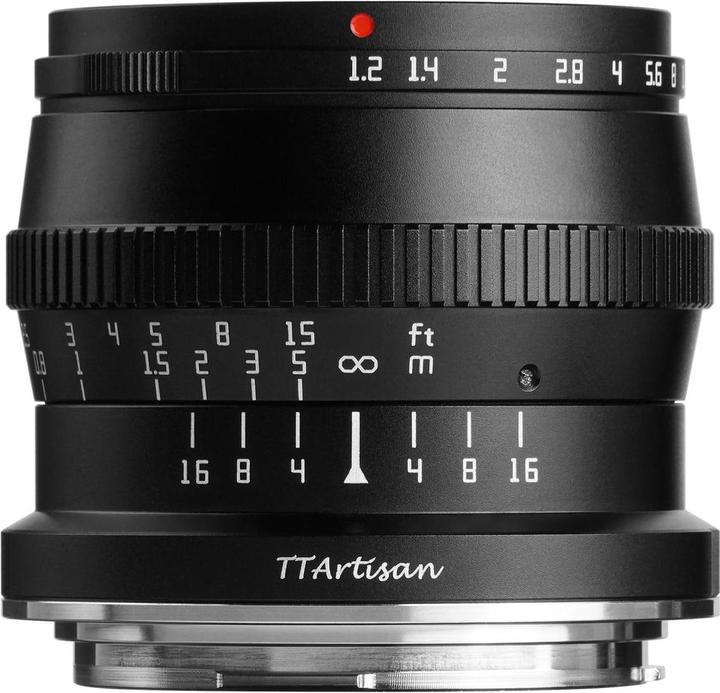
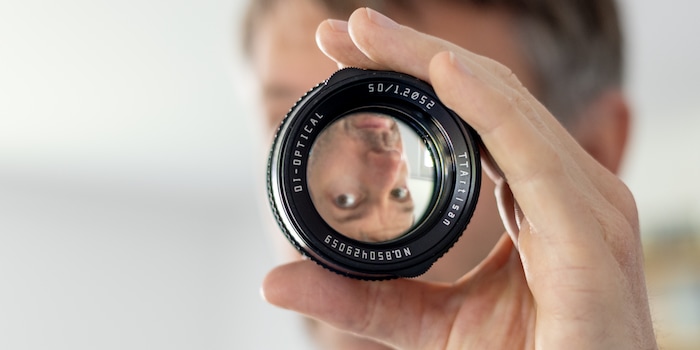
Lenses without autofocus: what can you use them for?
Manual lenses are cheap, but that shouldn’t be your reason for buying them. It’s a conscious decision to opt for limitations – or even to enjoy them.
Manual focusing slows down photography. The process becomes less hectic and can even have a calming effect. Similar to painting a picture. If photography is your hobby, it’s less about efficiency and production output and more about the joy of taking pictures. All the varieties of this retro trend, from film cameras to pseudo film cameras and incredibly expensive digital models without video function are testament to this. Dani Kobi provides a particularly impressive example of slow photography with his manual large-format camera.
There’s a second reason why manual lenses can be attractive: they cost less than comparable lenses with autofocus. Manufacturers such as 7artisans, Voigtländer and TTArtisan have discovered a gap in the market here. They offer numerous lenses that don’t require any electronics, thereby making them incredibly affordable.
This also applies to the TTArtisan 50 mm f/1.2. It only costs about 100 francs or euros. This lens is available for all current bayonets, including Canon, Fujifilm, Nikon, Sony, L-Mount and MFT. I tested the Canon version.

The lens is already several years old and you can find loads of reviews of it online. Rather than adding my own to this already long list, I’d rather use the lens to gain experience with this type of photography.
As this is a lens for APS-C sensors, the field of view on a full-frame camera is reduced by a factor of 1.6 – or the corners remain dark. The lens is small despite its high speed. This is partly because of the APS-C format and also because there’s nothing inside except the glass. In other words, no focus motors or image stabiliser.
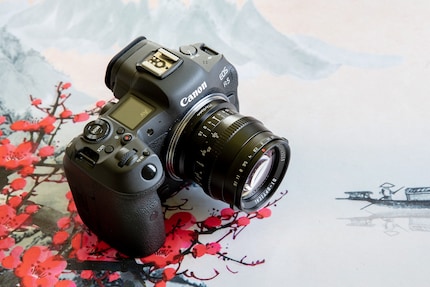
No electronic data transmission
You can also manually focus with autofocus lenses. Simply switch off the autofocus. But it’s not really the same thing. For example, if I connect a Canon lens to the camera, information is still exchanged between the camera and lens even with manual focus. This isn’t the case with the TTArtisan lens. Since it doesn’t have any electronic communication, the camera doesn’t even notice a lens is connected. And if – let’s say – no lens is mounted, the shutter release remains locked. To take photos at all, I have to specify in the camera menu that the device can shoot without a lens.
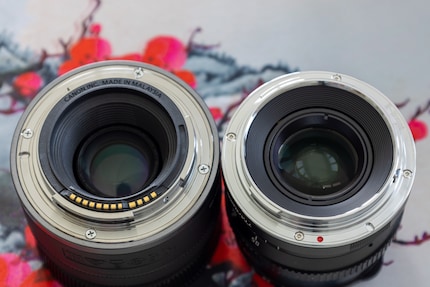
In addition, the camera doesn’t know which aperture is set. The aperture priority (AV) still works, but the aperture information is missing in the metadata. Manual mode M also works, but P and Tv (or S) don’t. I can take pictures in these modes, but they’re not properly exposed.
Two tools for manual focusing
At the beginning, my photos are rarely sharp. That’s because I can’t see in the viewfinder or on the LCD whether the focus point is exactly in the right place, so I activate focus peaking. The sharp parts of the image are marked in red in the viewfinder. These increase with the depth of field. Yep, this also works without data transfer because the image is analysed.
However, I quickly realise that the red edges are annoying when choosing the field of view. That’s why I use the second tool: the magnifying glass, which shows me the image section enlarged six or fifteen times in two stages. This allows me to focus precisely on a specific point. I then move the section with the mini joystick.
Continuous shooting function increases the probability of success
With an aperture of f/1.2, the depth of field is so shallow that the slightest movement can cause the focus to be off. This affects camera movements, for example when I’m shooting without a tripod and have nothing to use as a support. It also impacts on subject movements, such as a plant moving slightly in the wind in a portrait.
The continuous shooting function helps in these cases. I take about five pictures in a very short time, hoping that one of them will be perfectly sharp at the desired location. However, this produces a large amount of waste and doesn’t guarantee that an image will really be perfectly sharp; it only increases the chance.
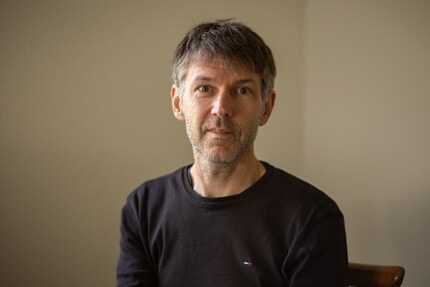
It’s very tempting to buy a fast, manual lens for portraits. After all, you get a lot of lens speed without having to spend much. This lets you clearly distinguish the face from the background and also add beautiful bokeh and blur effects. However, when focusing manually with an open aperture, it’s very difficult to find the precise focus point. If you have a small budget, I’d recommend a slightly lower speed, but with autofocus. In the case of Canon, for example, the 50 mm f/1.8.
Objects at close range: yes, but not with this lens
In principle, object photography would be suitable for manual focusing as nothing moves, you have time and can work with a tripod. But the TTArtisan I chose is not the right lens for this. For one thing, it can only focus from a distance of 50 cm. At a focal length of 50 mm, this isn’t close enough for small objects. Its high lens speed is also of little use at close range. The depth of field is shallow and the sharp part of the image way too small. Not to mention the fact that it’s difficult to find the focus point exactly.
I had to increase it to f/2 for it to work here. The background is still quiet enough.

Sport and wildlife
A lens with manual focus isn’t suitable for wild animals. Neither is it the right choice for sports, but it’s still better than an unreliable or slow autofocus. Sports shots are successful when you know in advance that an athlete will appear at a certain point. Because then you focus on this distance in advance. Suitable sports include car, motorbike and bike racing as well as many types of athletics. But even a football match can produce usable photos, for example in standard situations.
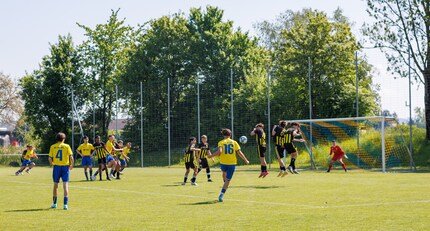
For sports, a manual telephoto lens like the TTArtisan 500 mm could be useful. But it wouldn’t be so good for wild animals, except when they’re sleeping.
Video
In certain cases, a manual lens is also useful for videos. Of course, it needs to be a scene where you don’t have to constantly refocus and can choose the speed yourself when focusing. Typically, you use a tripod to help you. As manual lenses have neither a focus motor nor an image stabiliser, they don’t cause any noise that can be heard on the video.
Verdict: don’t buy just because of the price
Lots of manual lenses entice you with their high speed, including mine: f/1.2 for 100 francs, which is hard to resist. But if you just want to save money, these lenses aren’t the right choice. The wider the aperture, the more difficult it is to focus – especially when taking portrait photos. Continuous shooting helps, but you need a lot of patience and will end up with a lot of waste. At close range, even perfectly focused images sometimes look terrible because the depth of field is too shallow.
If, on the other hand, you enjoy slow, static photography, a manual lens is the right one for you. Landscape also works very well if you take your time. Object photography too, as long as you can get close enough with the lens. Funnily enough, even certain sports shots are a hit, even though this certainly isn’t the preserve of manual lenses.
My interest in IT and writing landed me in tech journalism early on (2000). I want to know how we can use technology without being used. Outside of the office, I’m a keen musician who makes up for lacking talent with excessive enthusiasm.
Interesting facts about products, behind-the-scenes looks at manufacturers and deep-dives on interesting people.
Show all

